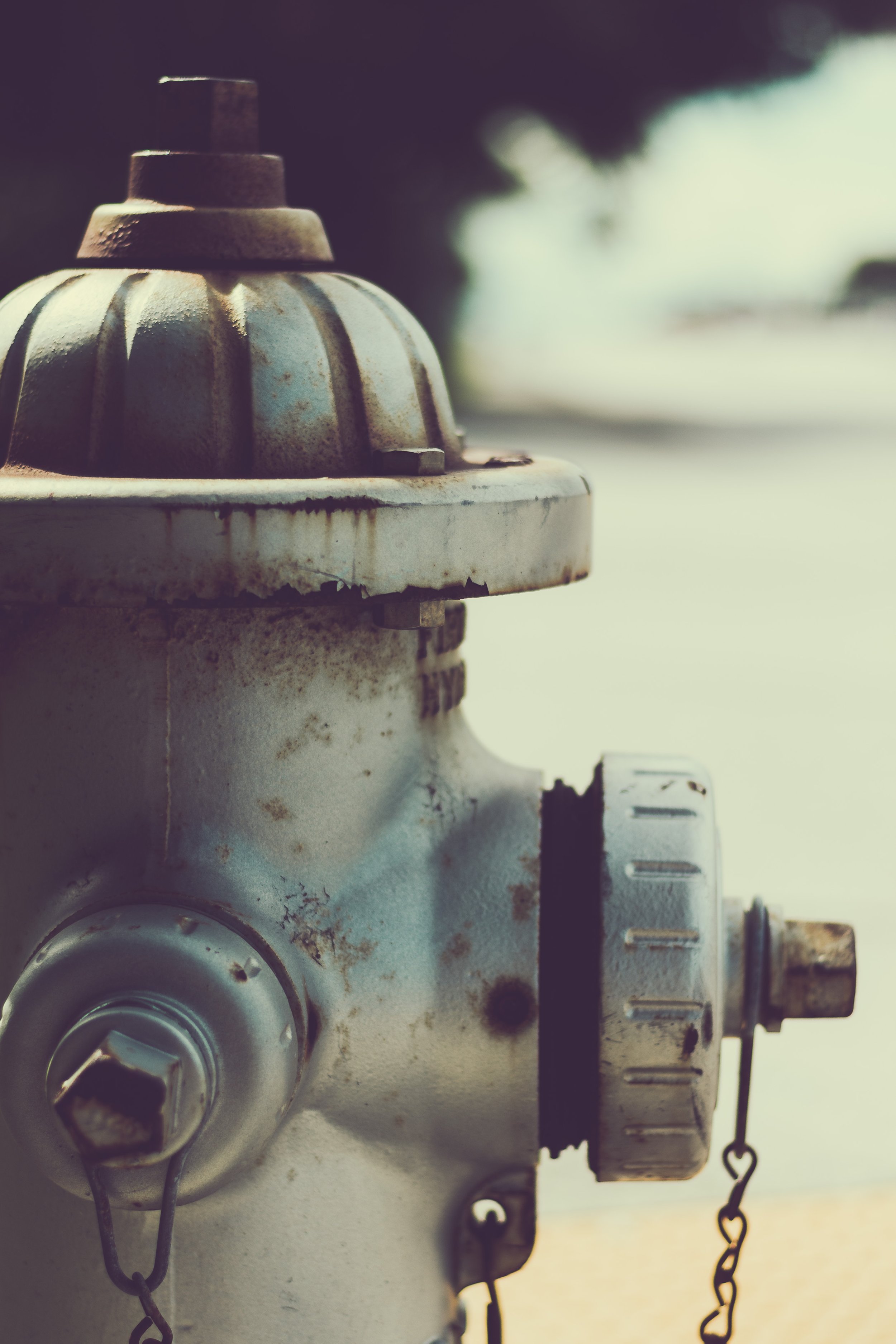The Joys of Fire Hydrants
You might be asking yourself, “Why Fire Hydrants?” Well today I will answer that question.
This was a childhood dream I had. Growing up, I always loved seeing kids play in the fire hydrants in big cities, and I always wanted to join them. This was never an option for me, though, as in smaller towns this never really happened. Recently, I saw some fire hydrants that were broken and spraying water, and it made me think. So here we are, a project focused on different views of an object that most consider inconsequential and never pay much attention to.
Now of course we all know that hydrants serve a very important role in our world, but how many of you stop to think about the simple small metal object along the side of the road, parking lot, or near a fire station? I hope that my project here will show people another side to these and get people thinking about them. My primary reason for this? Many people out there choose to ignore these simple objects, park in front of them or obstruct them in other ways, and don’t give a second thought about the precious seconds they’re taking away from a fire crew and the lives of they are saving, all so that person can shave a few moments off their walk from a different parking spot. This project will showcase different hydrants, and I will try to provide a little bit of knowledge about them.
The history of hydrants actually surprised me when I started to dig a bit deeper into this project. The earliest form of a “hydrant” dates to ancient China. They were iron cauldrons, filled with water, and ready in the event of a fire, strategically placed around the country. Later in the 16th century - once wooden water mains started to be installed - firefighters would dig down to the pipes and then drill a hole to get the water. Once done, they would plug these up and mark them. The first cast iron hydrants were patented in 1801 by Frederick Graff.
Nowadays of course, we see these everywhere. They are tapped into the main water lines and have pumps to provide proper flow. You may notice different colors of these hydrants, but did you know those colors have a meaning?
Blue: 1500 GPM or more; very good flow
Green: 1000–1499 GPM; good for residential areas
Orange: 500–999 GPM; marginally adequate
Red: below 500 GPM; inadequate
The hydrant bodies are also color-coded:
White: Public System Hydrant
Yellow: Private System Hydrant; connected to public water main
Red: Special Operation Hydrant; not used except for special procedures
Violet: Non-potable supply; effluent, pond or lake supply
Some great resources to check out are https://en.wikipedia.org/wiki/Fire_hydrant and http://www.firehydrant.org/pictures/hydrant_history.html





















